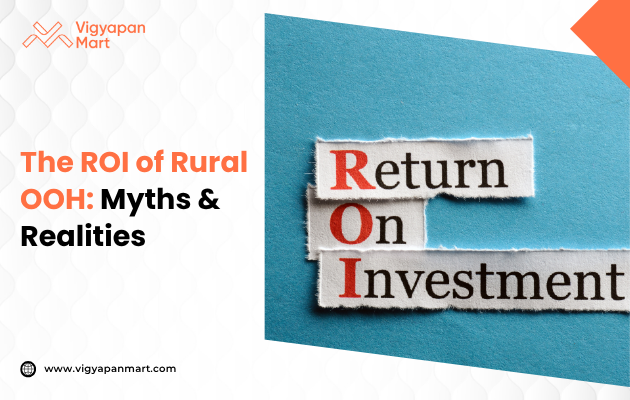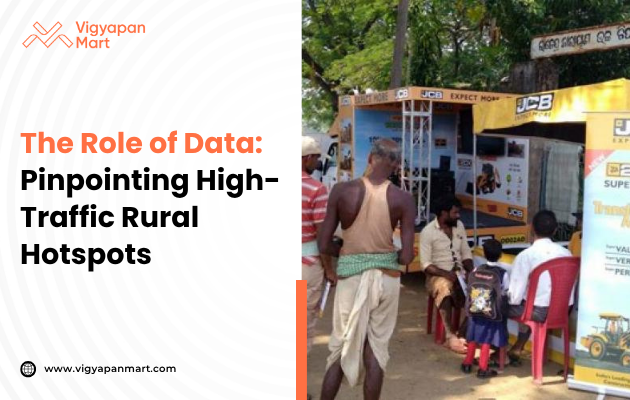Bridging Mobile & Social Integration Offline-Online Rural Audiences

Mobile phones and social media are changing how people live and work today. This change is reaching even the rural areas, which usually have less internet access and fewer digital tools. Connecting people in villages to the online world can help them get important information, economic chances, and social support. This blog explains how mobile and social integration is bridging the gap between offline rural communities and the online digital world.
The Digital Divide in Rural Areas
Many rural areas do not have fast or reliable internet. For example, only 65% of rural residents have high-speed internet compared to 97% in cities. This means people in villages often miss out on many digital services that city folks use daily. But mobile phones are common, and they can help bring the internet to these areas. Mobile apps that work on simple phones are especially important because many rural users do not have smartphones.
Why Mobile Phones Matter in Rural Areas?
Mobile phones are easy to use and affordable. They offer voice calls, SMS, and internet services, which help people communicate and get information quickly. Farmers can check weather updates, find market prices, and learn about crop diseases using mobile apps. Mobile integration also supports digital payments and cash transfers, making money matters easier in rural regions. Besides economics, mobiles give rural communities a voice. Social media platforms let people share stories, organize groups, and raise awareness about local problems. For instance, a farmer in Sangli, India used Facebook to gather 25,000 turmeric growers, solving a crop oversupply challenge. Such examples show social media’s power to unite rural people online.
How Social Media Connects Rural Lives?
Social media is no longer just for chatting or entertainment. It becomes a tool for education, health campaigns, farming advice, and accessing government schemes in many villages. Platforms like WhatsApp and Facebook are popular even in remote areas because they work well on low internet speeds and inexpensive phones. Local influencers and community leaders on social media help spread trustworthy information quickly. Rural audiences often trust people they know, so influencers play a big role in marketing and awareness programs. Social media thus helps brands and organizations reach rural customers meaningfully.
Examples of Mobile and Social Integration in Action
- Gramvaani in India: This community radio platform, combined with mobile phones, connects over 20,000 users in Jharkhand and manages 200+ daily calls. It lets farmers share local news and solve problems together, bridging offline voices with digital networks.
- Snapdeal’s Village Adoption: Snapdeal solved water issues in an Indian village by introducing handpumps and named it Snapdeal.com Nagar. This shows how mobile-connected companies can make a real offline difference.
Challenges and Solutions
The main challenges in rural digital integration include poor internet, low digital literacy, and affordability. Many villages still rely on 2G phones, so apps must be simple and lighter on data. Also, people need help learning how to use technology effectively. Mobile platforms can offer tutorials and user support to increase digital skills. Improving rural networks with caching, local content storage, and time-shifted data transfers can reduce internet costs and improve speed. Governments and private players need to make the internet accessible, affordable, and useful for rural people.
The Future of Offline-Online Rural Integration
As mobile and social media keep growing, rural users are expected to join the digital economy and social networks more deeply. The internet user base in rural India grew by 78% in 2023 alone, showing rapid digital adoption. This growth will help farmers get better prices, small businesses find customers, and villagers access health and education remotely. Social media will also boost community development and political participation, though rural politics online still needs more progress.
Conclusion
Mobile and social integration is helping close the gap between offline rural life and the online digital world. It brings information, services, and community closer to rural people. By designing mobile apps for simple phones, supporting local influencers, and improving internet access, we can build bridges that empower villages. Want to launch an offline-online rural marketing campaign? Connect with Vigyapan Mart rural experts.









